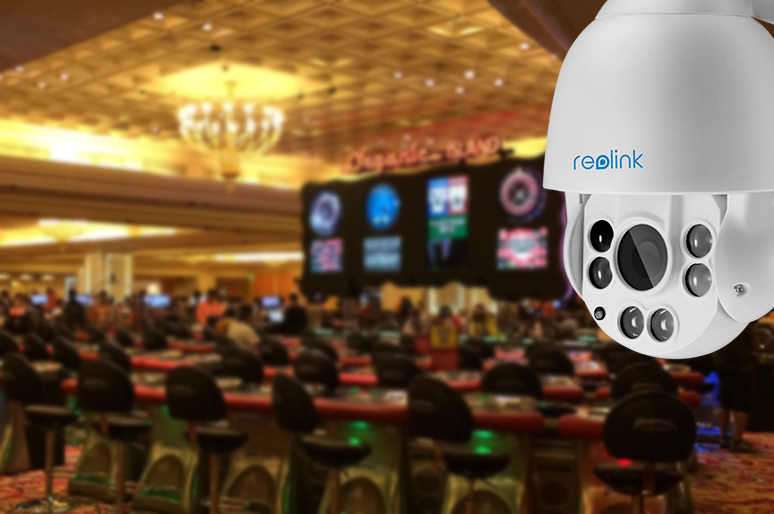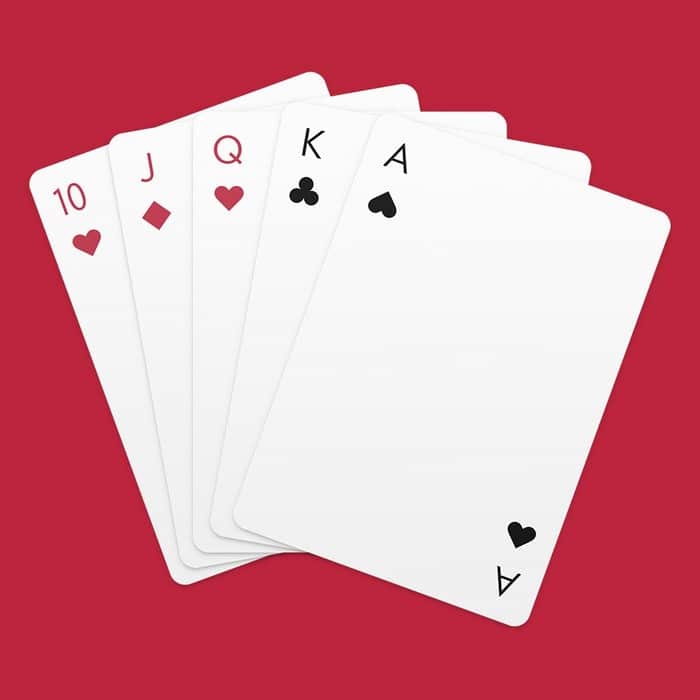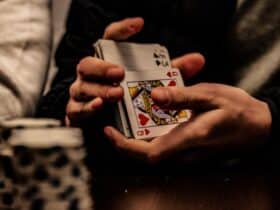Card counting is one of the most popular and well-known methods blackjack players use in order to give themselves an advantage over the house. While the practice isn’t illegal, casinos really don’t like players who do it, and if you’re caught in the act, expect to be banned from the casino.
Online casinos don’t need to worry about this practice, as it is impossible to see how the cards are shuffled and see how many cards are left in the deck to work out when the cards are coming back around.
Let’s take a look at some of most famous card counters and how casinos have moved to stop the players from succeeding.
Card counters

Having written a book called “Beat the Dealer”, Edward Thorp is considered one of the first people to have successfully used card counting to beat the house. The book was published in 1962, and proved that it was mathematically possible to beat the house using card counting methods. Before starting his book, he successfully tested his system at casinos in Reno and Las Vegas.
One of the most famous groups to have delivered success using card counting is the MIT blackjack team. Led by Bill Kaplan, the team won fortunes against the house primarily in the 1980s and ’90s, and the team at one point grew to 35 members. The team were forced to go through intensive training in order for the system to work, and their success saw them win millions of dollars.
Casinos Fighting Back
In order to tackle what they viewed as a problem at the blackjack tables, casinos reacted by making several improvements. First, they improved the training they gave to casino employees to help them spot card counters. Players who only tend to make large bets at the end of a shoe are suspected to be card counting, as well as those players who table hop and play multiple hands.

When a player splits tens, they are suspected of being card counters, purely for the fact that non-card counters are unlikely to split their total of 20 in the hope of getting a blackjack.
Casinos have used pit bosses and CCTV monitoring to help detect players using card counting while at the blackjack table. They monitor player behavior and can work with the dealers to try and confirm their suspicions. They can inform the dealer to shuffle the decks so that card counters are put off and lose their way.
Conclusion
Incredibly, there is technology that scans card values as they are dealt, allowing the casino to keep track of how players are playing based on the hands they are dealt. RFID microchips embedded into the casino chips enable casinos to track bet amounts, so they can distinguish if a player is betting in a manner which suggests they are card counting.
It’s best to avoid card counting if you want to be able to visit your local casino and always remember that while it’s not illegal to count cards, it is illegal to use a device to help you do it.













Nice brief overview, Steve, but you wrote: “It’s best to avoid card counting if you want to be able to visit your local casino” Haha. Perhaps you should have written “It’s best to avoid card counting if you don’t want to win at the only game offered by casinos where the player can have a consistent advantage.”
Mastering card counting and optimal betting strategies is difficult at best but unless you really enjoy throwing away your hard-earned money , it certainly can’t hurt to try. Here’s a program to follow:
1) Learn Basic Strategy, which you can find online, until you have this one page chart memorized so you can play two hours straight without making any errors.
2) Learn to count, using the simplest counting system (+1 for 2’s through 6’s and -1 for 10’s through Aces). Practice this until you can play two hours straight without making any errors.
3) Practice estimating the number of decks left in the shoe so you can accurately calculate your “True Count” or count per deck remaining before the start of each round of play. Practice this until you can play two hours straight without making any errors.
4) Memorize another one page chart that you can find online, which tells you when to vary your play from Basic Strategy based on your True Count. Practice this until you can play two hours straight without making any errors.
5) Determine your bankroll (i.e. the capital you’re willing to invest) and read a book that explains how much to bet based on the size of your bankroll and your True Count before the start of each round of play. Then practice this until you can play two hours straight without making any errors.
6) Put all of the above together and practice this until you can play two hours straight without making any errors.
7) Now you’re ready to take on the casinos!
If you can do the above, you’ll have learned enough to win at the game but, remember, your advantage is very small (~1%) and the variability of each round of play is enormous so expect to encounter huge swings in your wins and losses. If you’re playing perfectly and you play for 1,000 hours, you should win approximately 1% of the total money you’ll have bet at the tables and your chance of only breaking even at that point is a two-standard deviation event, meaning you will break even or be winning money 97.5% of the time.
Good luck.